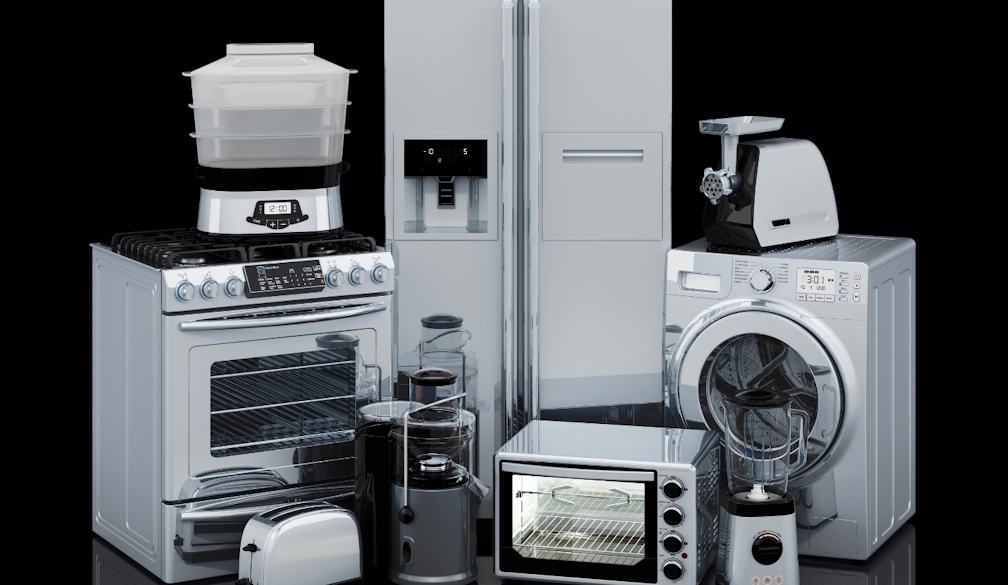Why Are Electricity Prices High in Australia?
- Written by The Times Australia

Electricity bills are one of the biggest household expenses in Australia, and many families and businesses have felt the sting of price hikes over the past few years. While Australia is rich in energy resources, from coal and gas to abundant sunshine and wind, the cost of electricity remains stubbornly high compared to many other developed nations. So, why is this the case? The answer lies in a mix of supply, demand, infrastructure, and policy factors.
1. Heavy Reliance on Gas and Global Price Shocks
Australia’s electricity system has historically leaned on coal, but as old coal-fired power stations are retired, gas has increasingly been used as a backup. Gas prices, however, are tied to international markets. The war in Ukraine, supply chain disruptions, and surging global demand for liquefied natural gas (LNG) pushed up costs dramatically. Because Australia exports much of its gas, domestic users have been left competing with overseas buyers, driving up local electricity generation costs.
2. Ageing Coal Plants and Supply Uncertainty
Coal still provides a large share of electricity in eastern Australia, but the fleet is ageing. Unplanned outages at coal plants reduce supply and force the grid to rely on more expensive short-term sources, like gas-fired “peaker” plants. The uncertainty over when coal plants will close—and what will replace them—creates volatility in the market, with prices often spiking when supply is tight.
3. Transition to Renewables: Benefits and Short-Term Costs
Australia is in the middle of a rapid shift to renewable energy. While solar and wind are now the cheapest sources of new electricity, integrating them into the grid requires significant investment. Transmission lines need upgrading, storage solutions (like large-scale batteries and pumped hydro) must be built, and the system has to balance fluctuating supply when the sun isn’t shining or the wind isn’t blowing. These infrastructure costs are being passed on to consumers in the short term, even though renewables promise cheaper power in the long run.
4. Market Structure and Retail Margins
Australia’s electricity market is complicated. Wholesale electricity is traded on the National Electricity Market (NEM), but consumers buy power through retailers. This structure, combined with frequent price spikes during peak demand, adds layers of cost. While competition among retailers is meant to benefit consumers, profit margins and marketing expenses still add to bills.
5. Transmission and Distribution Costs
Even if electricity is generated cheaply, it must still be delivered to homes and businesses. The poles, wires, and substations that make up the grid are expensive to build and maintain. Network costs—sometimes called the “gold-plating” of the grid due to historic overinvestment—make up a significant chunk of household electricity bills. As urban demand grows and regional infrastructure ages, these costs keep rising.
6. Climate Policy and Investment Uncertainty
Shifting government policies over the last two decades have created uncertainty for investors in the energy sector. Stop–start approaches to carbon pricing, subsidies, and renewable energy targets have discouraged stable long-term investment. This uncertainty increases financing costs for new projects, which eventually trickle down to consumers.
7. Weather Extremes and Demand Pressures
Australia’s climate adds another challenge. Heatwaves drive up air-conditioning use, while cold snaps increase heating demand. These spikes put pressure on the grid, requiring expensive short-term generation. At the same time, droughts can reduce hydroelectric output, and storms or bushfires can damage infrastructure—further adding to costs.
Looking Ahead: Relief on the Horizon?
While the causes of high electricity prices are complex, the longer-term outlook offers hope. Renewables are becoming cheaper every year, large-scale batteries are being deployed across the country, and new transmission projects are designed to link resource-rich regions with population centres. If managed well, Australia could see lower and more stable electricity prices in the next decade.
Here’s the comparison chart showing the typical breakdown of an Australian household electricity bill.
-
Wholesale electricity (generation): ~30%
-
Network costs (poles & wires): ~40%
-
Retail margins & operating costs: ~15%
-
Environmental schemes & policy costs: ~10%
-
Metering & other charges: ~5%
This illustrates how a large share of the bill comes not from generation, but from maintaining and operating the electricity grid.
Conclusion
Electricity prices in Australia are high because of a mix of global energy market shocks, reliance on ageing infrastructure, the costs of transitioning to renewables, and structural issues in the energy market. While the short-term pain is real, investments being made now in clean energy and modern infrastructure should pave the way for more affordable, reliable power in the future.




















